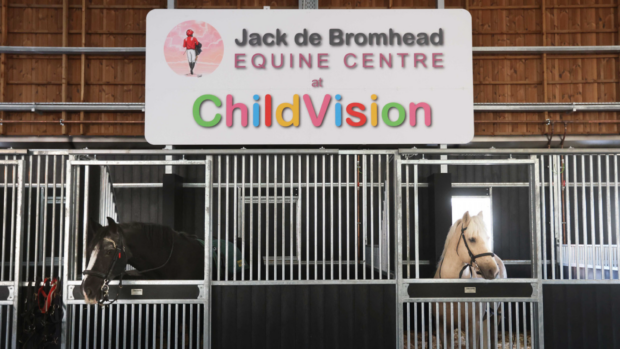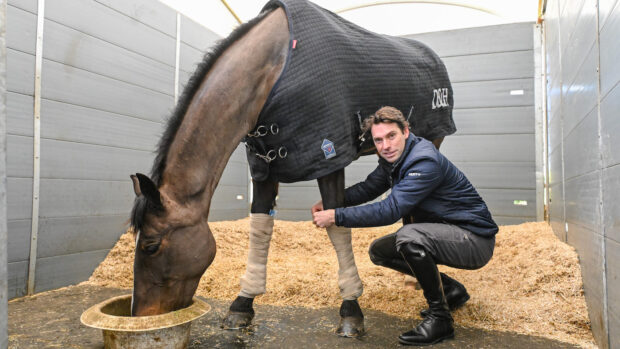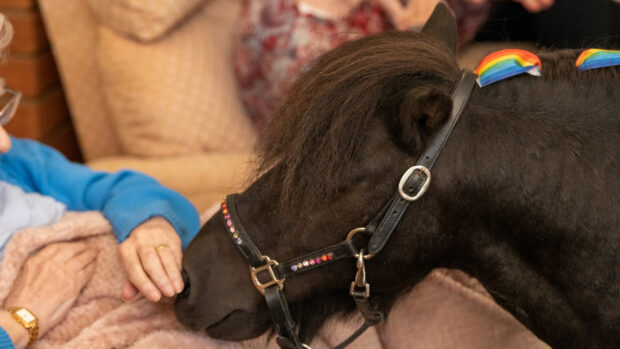The array of tools and treatments used by equine physiotherapists includes massage, ultrsound, electrotherapy, deep-tissue mobilisation, soft tissue manipulation and lots of advice.
“Physiotherapy is a complementary therapy, not an alternative to veterinary care,” says Leppy Richmond-Watson, former chairman of the Association of Chartered Phyiotherapists in Animal Therapy (ACPAT).
“It is not only essential that a vet is consulted before a physio treats a horse, but it’s also a legal requirement. ACPAT members all carry insurance.”
Since July 2003, anyone describing themselves as a “physio” must be registered with the Health Professions Council or they may be subject to prosecution and a hefty fine. However, the ACPAT recommends that owners check the qualifications of anyone working as a physio before allowing them to work on their horse.
All members of ACPAT must be qualified chartered “human” physiotherapists and have trained with an ACPAT member as an apprentice or obtained a post-graduate qualification from the Royal Veterinary College, which allows graduates to use the title veterinary physiotherapist.
Good physios spend a lot of time assessing a horse, examining its movement and looking into its background, feed, tack, its rider, job and its schooling — is it doing a lot of work in deep sand schols or on hard roads, for example?
Another important thing to consider is the horse’s role. A small behavioural change, often the sign of a physical problem, might not be that important in a horse used for light hacking but could be disastrous for a competition horse.
Similarly, while the aim for one animal might be to get around Badminton safely, for another, such as an older horse, the goal could be improving its quality of life by ensuring it can stand up and lie down comfortably.
Liz Hadland, who has been an animal physio for 10 years, finds that physiotherapy can be particularly helpful in preventing injury and maximising performance in competition horses by reducing muscle tightening and increasing flexibility and strength.
Liz says: “People might expect that racing or show jumping puts the most strain on the horse’s body, but I believe that dressage creates the most problems because it involves repetitive, compressed movement, which results in what are effectively repetitive strain injuries.”
Tha attitude of the owner or rider can make a huge difference to the success of any atreatment according to Liz, because a physio’s treatment can only work properly if the owners follow the rehabilitation programme and ensure all aspects of their horses’ welfare are given careful thought.
Physiotherapy facts
- A physio may only treat your horse with a vet’s permission
- Physios may not undertake “invasive” treatment, including homeopathy and acupuncture
- Therapists should not comment outside their area of expertise
- Vets and physios often work closely together for the benefit of the horse
- Always use an ACPAT-registered physio
- Visit www.acpat.org.uk or (tel: 01962 844390) for details of your local practitioners



